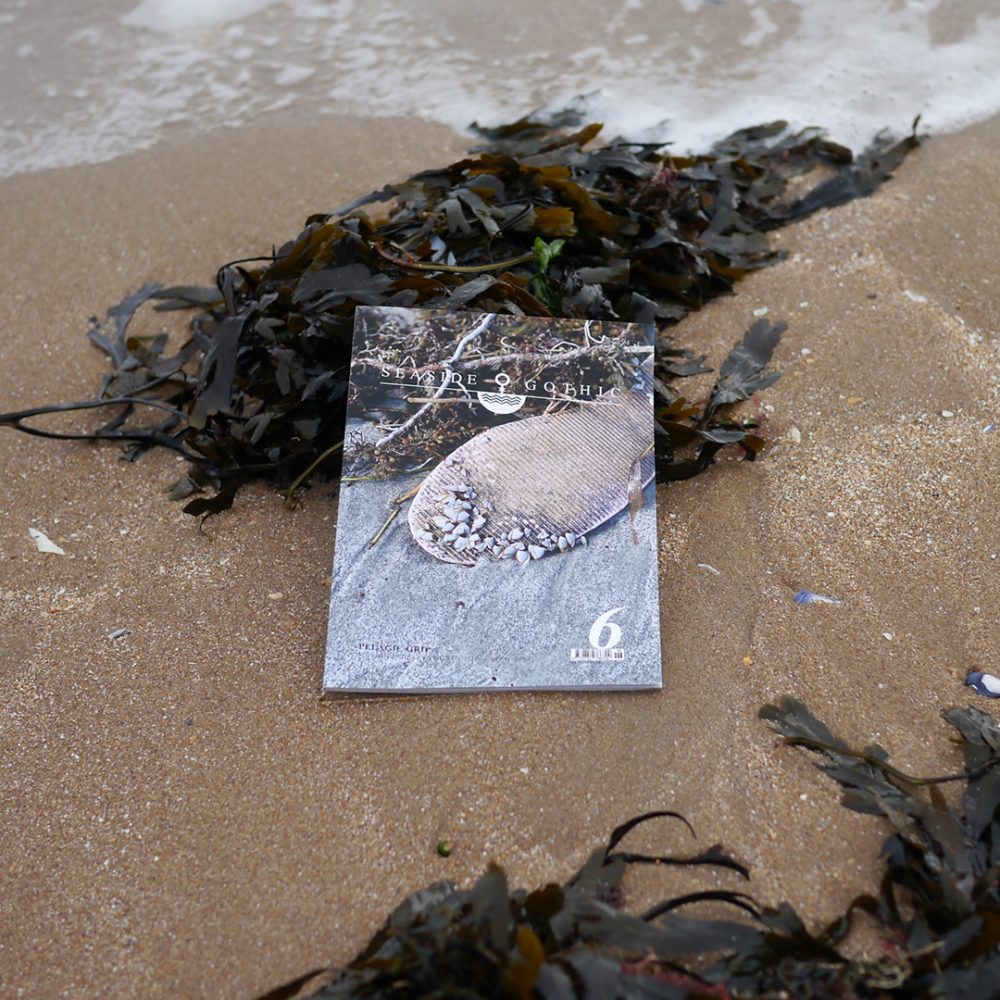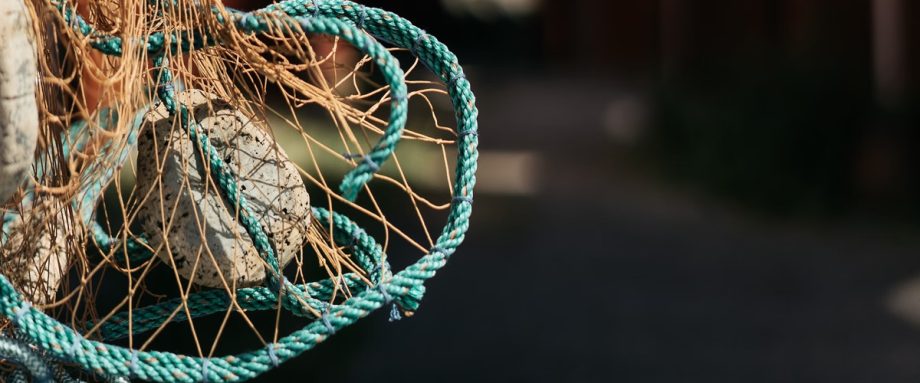Buron. Edwige. Freddy Joyce.
Margaux. Yeti. Filibuster.
Liberte. Bonne Sainte Rita. Silence II.
In the fishing village of St-Vaast-La-Hougue, the harbour wall extends a long way out towards the Ile de Tatihou, an accusatory finger pointing at an island once used as a quarantine harbour to prevent pestilence creeping ashore from merchant vessels. It ends in a small lighthouse, topped with pillar-box red ironwork which features the shape of stars. I think about the commissioning of those railings. Who wanted their harbour lights tricked out with stars. Now we navigate by a different set of charts. Now the waitress scans my pass sanitaire and I scan the horizon. Now, only birds live on Tatihou and watch the waves for warnings and possibilities. They array themselves on a pontoon to dry their wings, gulls heavy and thuggish, cormorants composed of black angles, their backs to the tides which have shaped the town, given it its ancient oyster and mussel beds. Time runs high here then goes slack. Day boats still sail out of St-Vaast and sell their catch on the quayside. Lobsterpots, stacked to high rises, litter the quay, black and crackling with drying kelp and tiny barnacles, mouths agape. Rope in artless loops of washed-out tangerine, turquoise, lemon catch at my ankles. The boats have names like Tomahawk, Cherbourg and Providence.
Buron. Edwige. Freddy Joyce.
Margaux. Yeti. Filibuster.
Liberte. Bonne Sainte Rita. Silence II.
Behind the boatyard, at the extreme end of the harbour at St-Vaast-La-Hogue, hunkered against the sea wall like a barnacle, is the Chapelle des Marines. A chapel has stood on this site since the eleventh century, its back to the waves, its arrow slit windows terminating in grinning faces. It is tiny, perhaps three meters wide by six meters long. It was at one time surrounded by a churchyard and burials took place there but these remains have long since been disinterred and redistributed and no-one seems sure of where they might now be found. Even on a wincingly bright and clear October morning, it has a dim, underwater quality, the sunlight filtered through the muted nineteenth-century stained glass coming to me as if I were standing on the ocean floor. From a niche to the right I am observed by a wooden carving of Saint Vaast himself, fingers raised in benediction, the folds of his Marian blue robe rippling in waves. The air smells damp and cold, as though someone has very recently struck a match only to blow it out again. The altar itself has an improvised feel, the brass scene of the crucifixion seeming like an afterthought, dwarfed by mismatched containers of flowers, real and artificial. The small red lamp which burns steadily and announces God is in the house. The chapel could be any of hundreds which dot the landscape of Manche, were it not for the faces that stare down from the plaques on the walls. Not gilded saints but the drowned of St-Vaast-la-Hogue.
Buron. Edwige. Freddy Joyce.
Margaux. Yeti. Filibuster.
Liberte. Bonne Sainte Rita. Silence II.
Peris en Mer. Disparu en Mer.
The chapel is dedicated to the memory of those from St-Vaast and the surrounding area who have lost their lives at sea. A patchwork of memorial plaques has risen up to tell their stories. Photos of the drowned stare out from the walls of the chapel, mute and uncomprehending. Though most are black and white, the most recent addition is in incongruous technicolour, a young man of twenty-five who died this year. Fishing is not a country for old men and many of those commemorated in the chapel are in their twenties.
Thirty-nine years ago today the Filibuster sank with all hands, including Jean Pierre and Daniel Herout, and Pierre Prie. Four years after the loss of the Filibuster, the Bonne Sainte Rita went down in a winter storm on the 29th of December, taking with her Claude Herout, Fabrice Herout, Gilbert Herout and Thierry Prie. Seven men across two families, gone within four years.
Half obscured behind a vase of blowsy roses: ‘A mon Epoux/A notre Papa’. The wording on the memorials is sparse, restricted to names, of men and of boats, dates of birth and of death. Some of the plaques read ‘peris en mer’—died at sea. Others use the more uncanny ‘disparu’—disappeared. Some- times the sea simply keeps what she takes and does not give it back. Yet there are moments that this formula breaks down and grief howls through the chapel. The tribute to Maurice Perrotle who dies in early May 2001, on board the Silence II, and the final line of whose plaque reads ‘la mer…’
It is the ellipsis that really stuns, present again in the tribute to the crew of l’Edwige, lost in January of 1969. ‘Pater…ave…’ The prayer like an afterthought, or something muttered under the breath. Language itself unequal to the task. In some of the eulogies there is still present, even in the carefully carved letters, an obliterating loss, words which leave behind them the feeling that these plaques are not in place of a body but testify to a perpetually painful absence. I read a tribute from the parents of Patrick Doucet: ‘Le temps ne saura guerir a douleur de ton absence. […] Tu nous manque.’ A conversational translation is painful enough—‘we miss you’, but literally translated ‘tu nous manque’ means ‘we lack you’. You are missing from us. ‘To fill a gap insert the thing that caused it. Fill it up with other and it will yawn the more. You cannot solder an abyss with air.’
It is possible to check now, the boats currently at anchor at St-Vaast, and those expected in shortly. As I write fishing vessels Bel Horizon, Valenscillia and Tomahawk are all docked. We await the arrival of the Sextant, the Odessa and the Dauphin in the small hours of the morning. For now, they are out there in the dark, buffeted by gentle south-westerlies.
Buron. Edwige. Freddie Joyce.
Margaux. Yeti. Filibuster.
Liberte. Bonne Sainte Rita. Silence II.
Peris en Mer. Disparu en Mer.

Issue 6
PELAGIC GRIP

Lucy Arnold is a writer and academic living and working between West Yorkshire and Worcestershire. Her writing and research is interested in what it means to be haunted, by ghosts of all kinds, what persists and what is forgotten, and how long it takes for echoes to die away.

